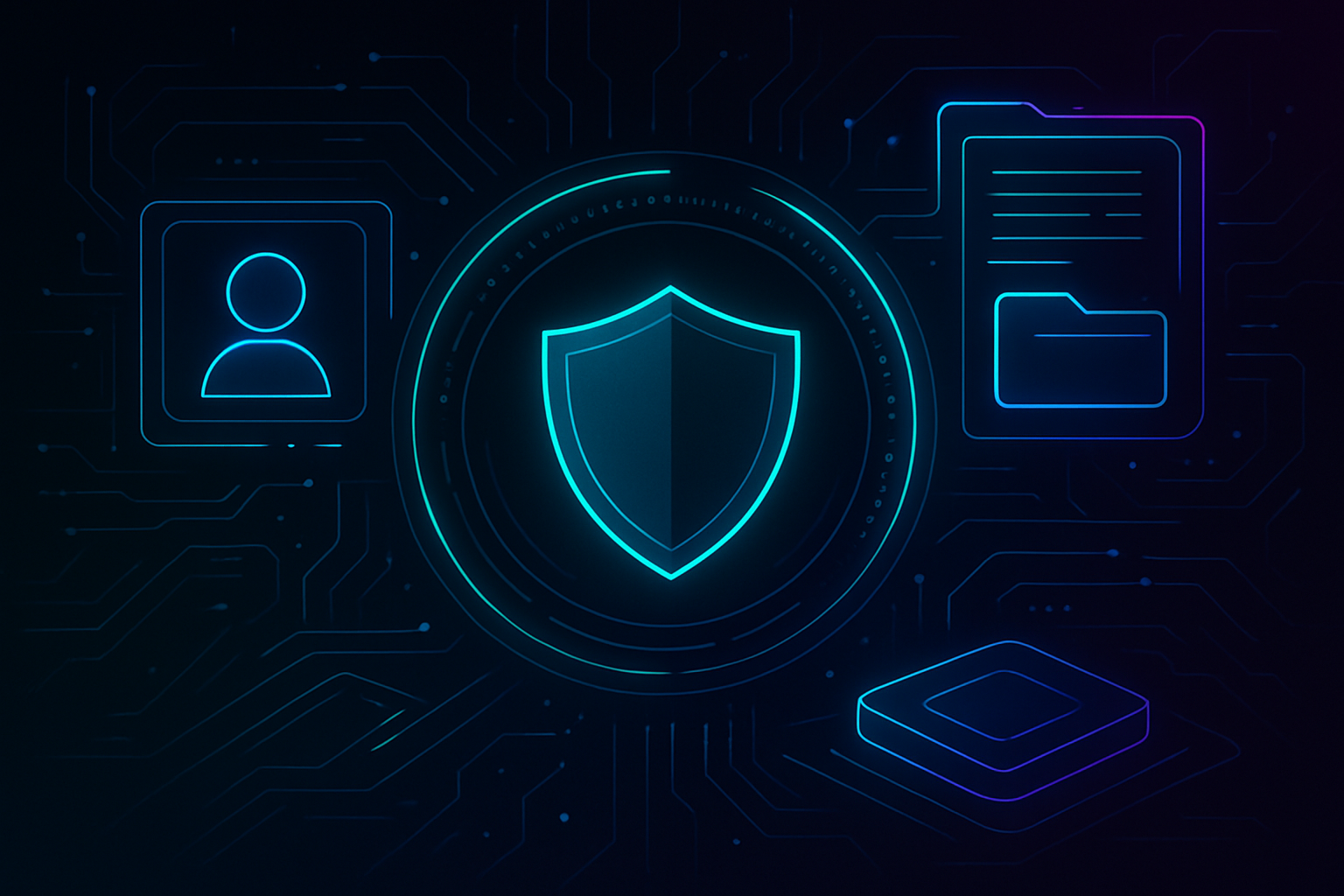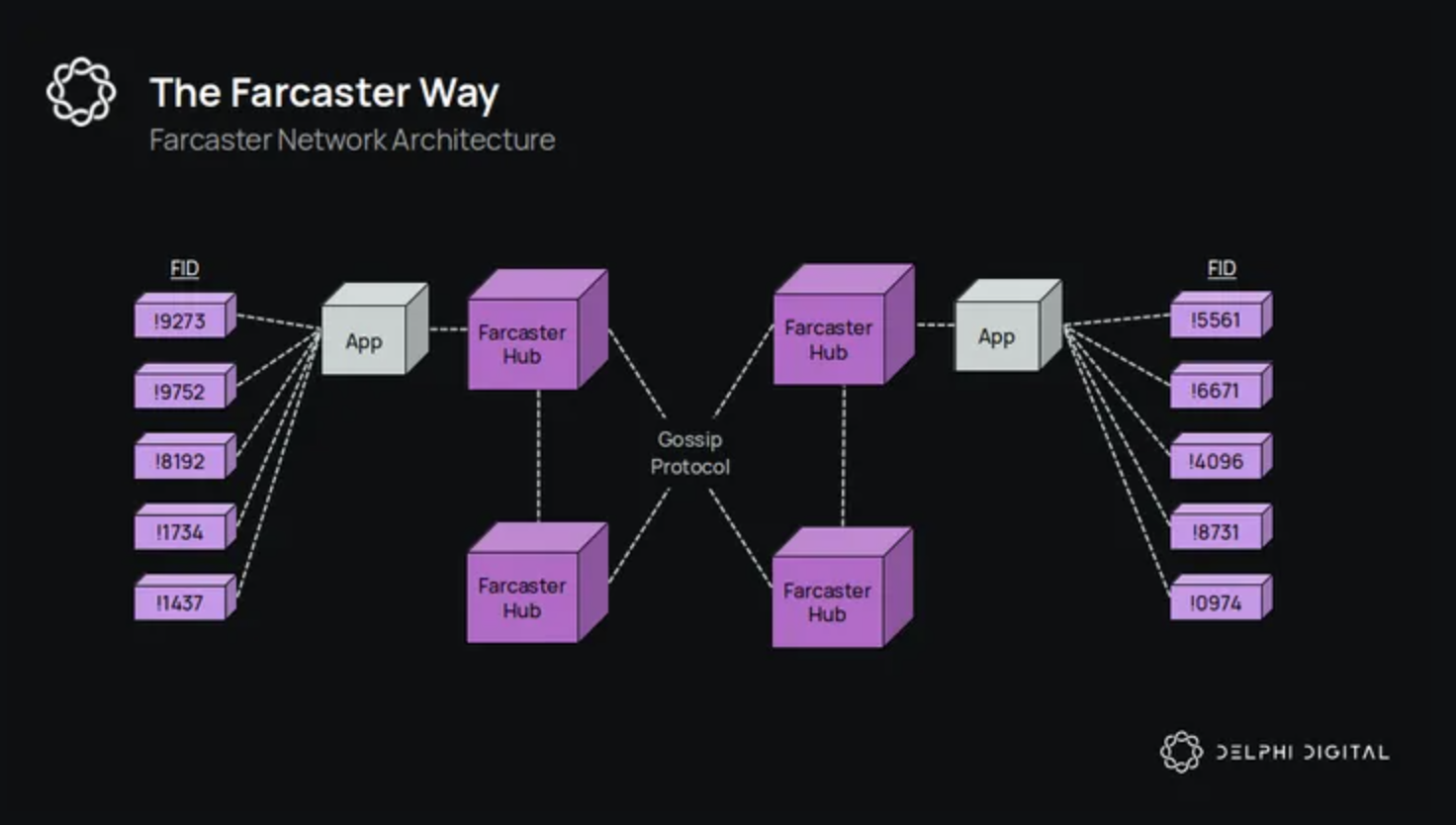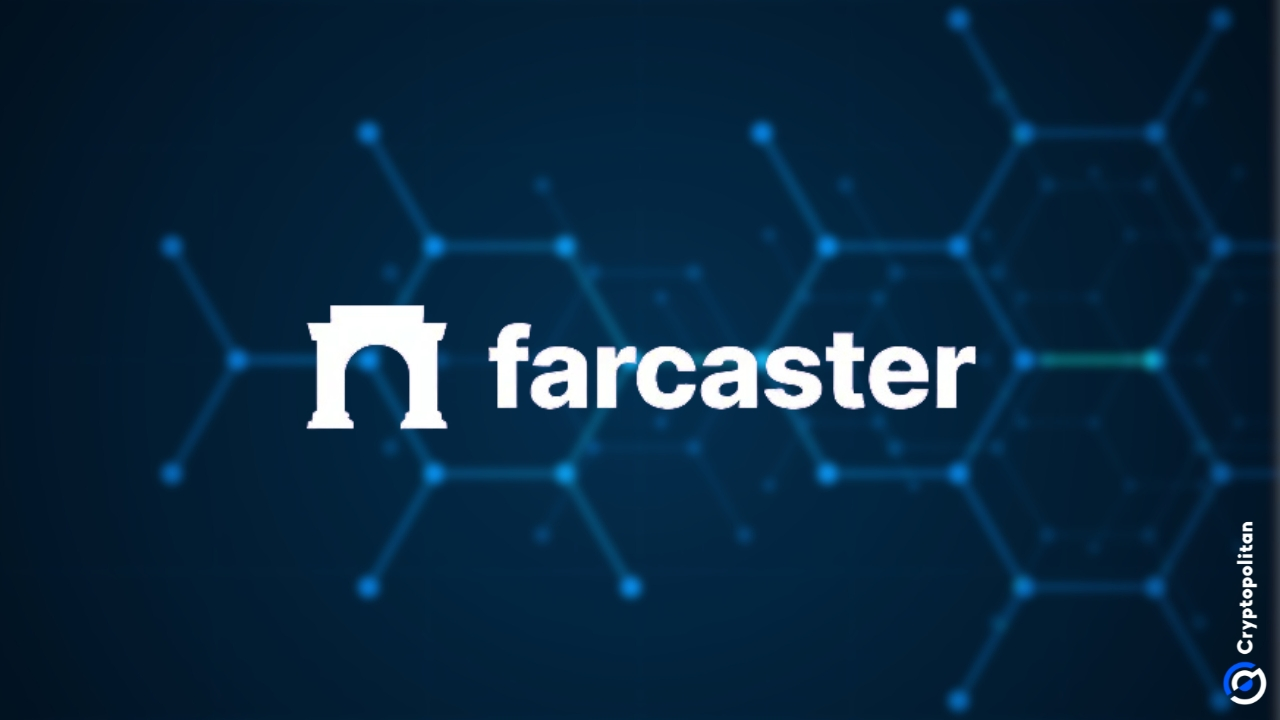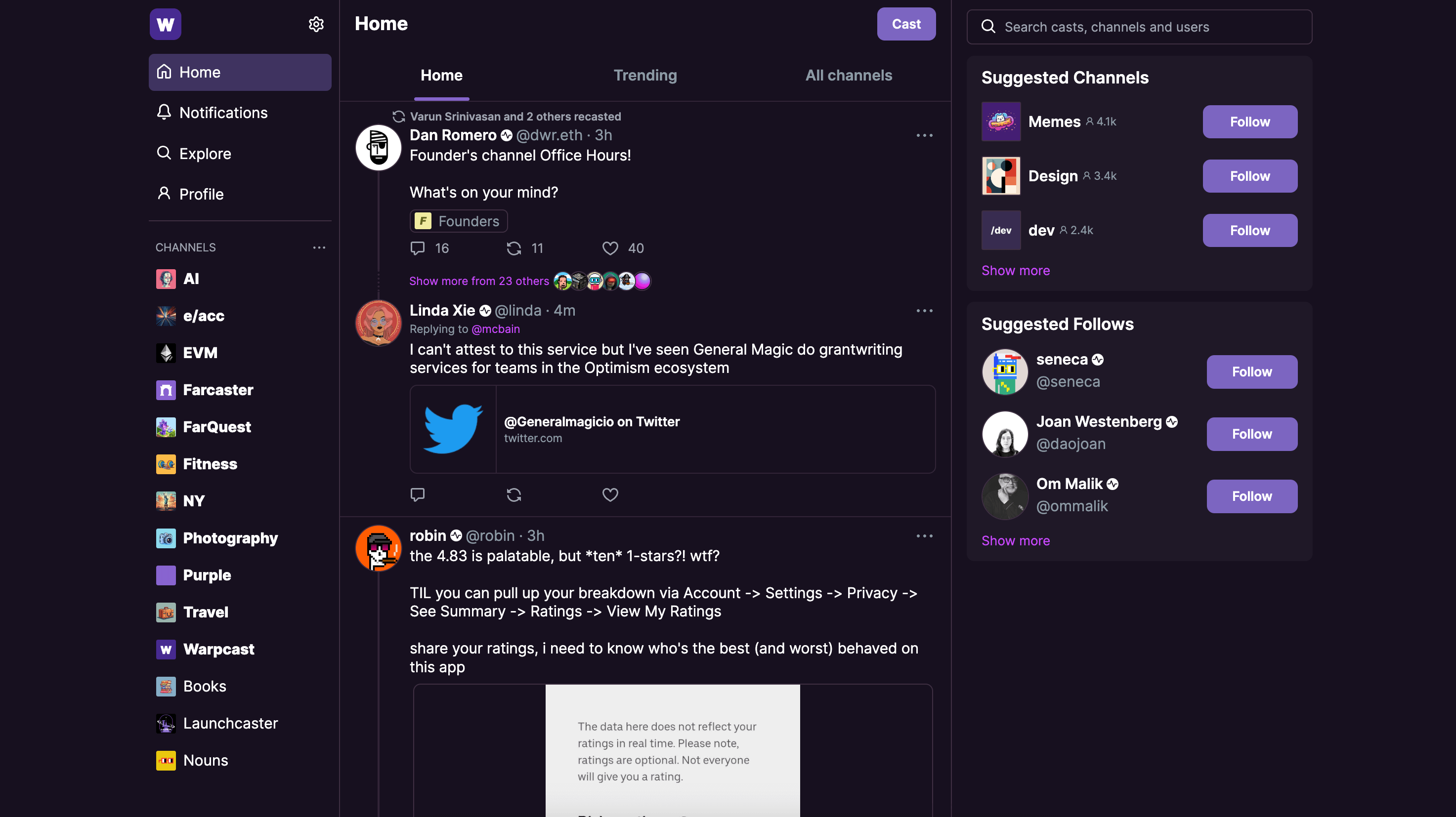
In the evolving landscape of decentralized social media, privacy and data ownership are no longer afterthoughts. Farcaster, a protocol built to challenge the norms of traditional platforms, places these values at its core. For users accustomed to the data silos and surveillance-driven models of Web2 giants like Facebook or X, Farcaster’s approach is a paradigm shift, one where you control your identity and information, not a centralized corporation.

How Farcaster Puts Users in Control
At the heart of Farcaster’s architecture is decentralized identity management. Each user generates a unique identity tied to an Ethereum address and cryptographic key pair. This means your social profile is not just another username in a company database, it’s an asset you own on-chain. Crucially, this model eliminates reliance on any single service provider for account recovery or access. Your identity persists across apps and time, immune to unilateral bans or lockouts.
The protocol employs a hybrid storage strategy: sensitive security functions (like authentication) are handled on-chain for maximum integrity, while less-sensitive social content (posts, likes) is stored off-chain for speed and scalability. This careful balance enables robust privacy protections without sacrificing usability or performance. According to ChainCatcher, this design ensures users retain control over both their identities and their data footprint.
User Autonomy: Access, Authorization, and Privacy Features
Farcaster empowers users with granular control over account access and authorization. Only you can sign transactions or approve third-party app connections using your private key, no platform admin can intervene or override your choices. Beyond technical autonomy, the protocol offers customizable privacy settings that let you decide who sees your posts or interacts with your content.
This approach sharply contrasts with conventional social networks, where terms of service changes or policy shifts can suddenly expose personal data to advertisers or partners. On Farcaster, encrypted messaging options and permissioned content sharing make it far harder for bad actors, or even curious developers, to access information without explicit consent (OKX Learn).
The Benefits of Decentralized Data Ownership
Key Benefits of Owning Your Social Data on Farcaster
-

Full Control Over Personal Identity: Farcaster lets users create and manage their unique digital identities on the Ethereum blockchain, ensuring only they can access and modify their account details.
-

Enhanced Data Privacy: With decentralized architecture and encrypted communication, users decide who can view their content and interactions, minimizing risks of data breaches.
-

Portability Across Applications: Farcaster’s protocol supports interoperability, allowing users to access multiple client apps (like Warpcast) while maintaining ownership and consistency of their data.
-

Freedom from Centralized Control: Unlike traditional platforms, Farcaster’s decentralized system prevents any single entity from unilaterally accessing, censoring, or monetizing user data.
-

Customizable Privacy Settings: Users can tailor privacy controls for their posts and profile, choosing what to share and with whom, thanks to Farcaster’s flexible privacy features.
Why does this matter? In the current era of frequent data breaches and algorithmic manipulation, true ownership means more than just peace of mind, it means practical power:
- No forced lock-in: You can migrate your social graph between compatible apps without losing followers or history.
- No arbitrary censorship: Your posts exist as long as you want them to; no central entity can erase them unilaterally.
- No hidden monetization: You choose if, and how, your data is shared with advertisers or third parties.
- No single point of failure: Decentralized infrastructure reduces risks from hacks targeting company servers.
This user-first philosophy is attracting attention among privacy advocates and Web3 builders alike. As more applications tap into Farcaster’s open protocol (including flagship clients like Warpcast), users gain flexibility without sacrificing security, a rare combination in today’s digital world (DappRadar Guide).
But what does this mean for everyday users? It’s not just about ideology or technical novelty. The practical implications of Farcaster’s data model are significant, especially as mainstream awareness of digital privacy grows. For instance, if a user wishes to leave a client like Warpcast or try a new application built on the Farcaster protocol, their social graph and content migrate with them, no need to start from scratch or beg for an export tool that may never come.
Moreover, developers building on Farcaster are incentivized to respect user autonomy. Since users can revoke access at any time (thanks to cryptographic permissions), app creators must compete on value and trust rather than exploiting network effects or data lock-in. This dynamic is already reshaping how decentralized social platforms approach growth and monetization.
Navigating Privacy Settings: Tips for Farcaster Users
To make the most of Farcaster’s privacy-centric features, users should familiarize themselves with key settings and best practices:
For example, always safeguard your private keys, losing them means losing access to your identity. Review app permissions regularly and be selective about which third-party clients you authorize. Take advantage of encrypted messaging where available, especially when discussing sensitive topics.
It’s also worth noting that while core identity data is anchored on-chain, most day-to-day interactions remain off-chain. This hybrid approach minimizes blockchain fees and latency but still provides a verifiable audit trail should disputes arise.
The Future of Data Ownership in Decentralized Social
The broader Web3 movement is watching protocols like Farcaster closely as testbeds for user-empowered digital experiences. As regulations around privacy tighten worldwide, and as scandals continue to erode trust in centralized tech giants, the demand for alternatives will only grow.
Ultimately, the success of decentralized social platforms will hinge not just on technology but on community education and engagement. Users who understand their rights, and the risks, are best positioned to benefit from this new paradigm.
Key Takeaways for Web3 Privacy Seekers
If you’re considering joining the decentralized social wave, remember:
- Your keys are your identity: Protect them at all costs.
- You control your data: Don’t grant permissions lightly.
- You own your social graph: Migrate freely between apps without fear of losing history or connections.
The promise of Farcaster privacy isn’t just theoretical, it’s being realized by a growing ecosystem committed to putting users first. As adoption accelerates and tooling matures, expect more robust options for managing your online presence with confidence and autonomy.







